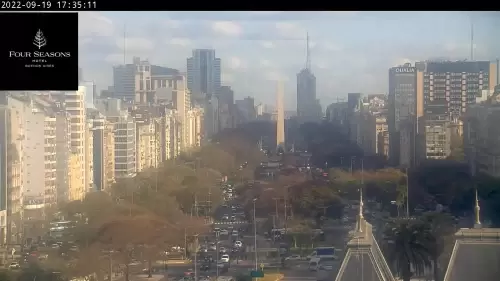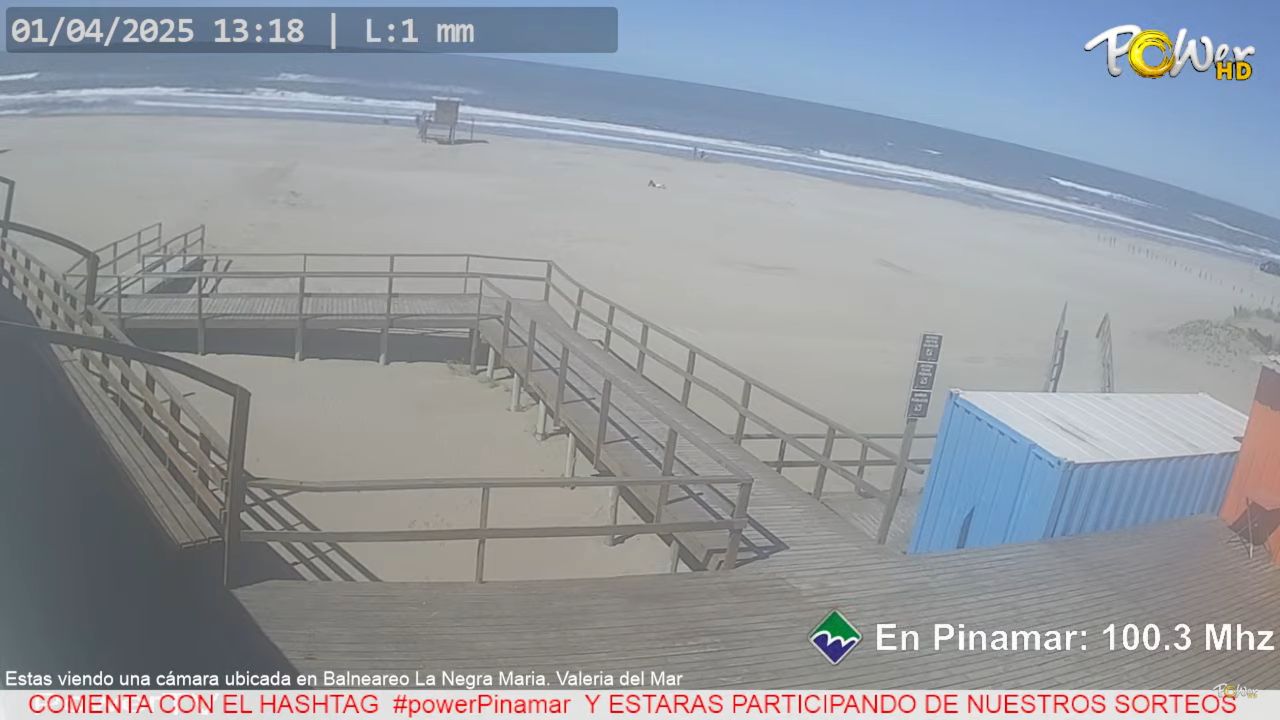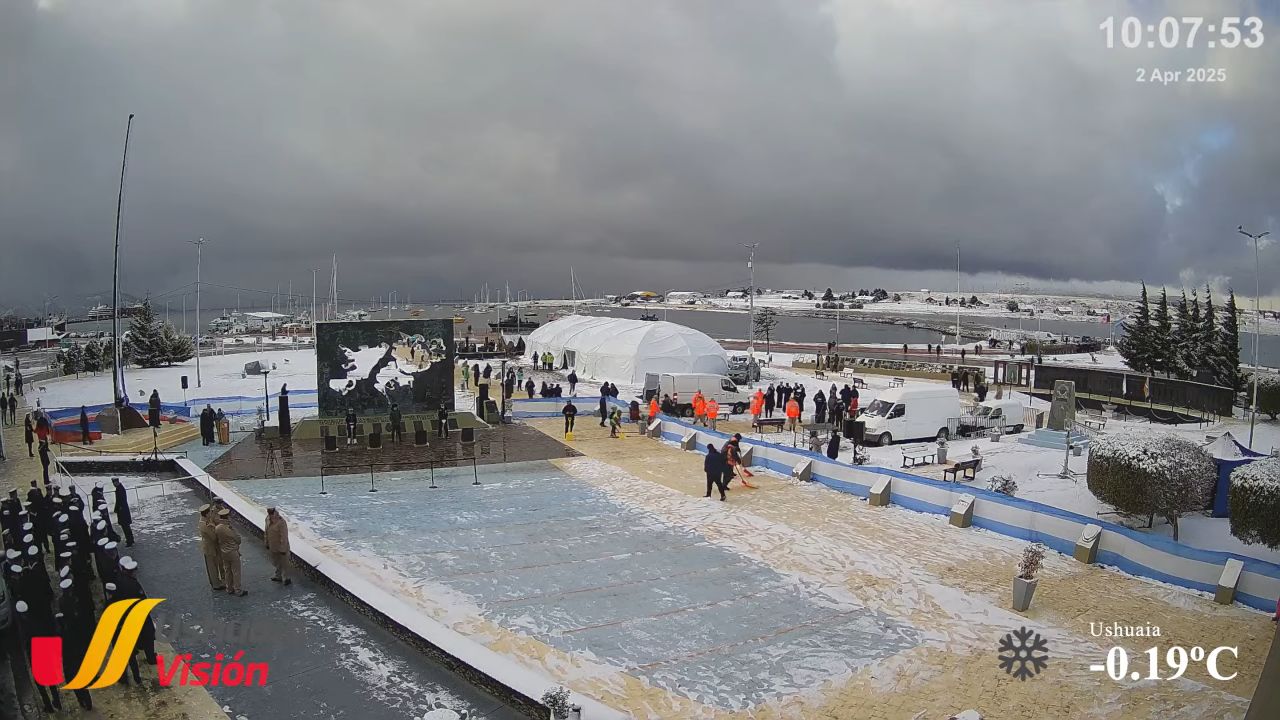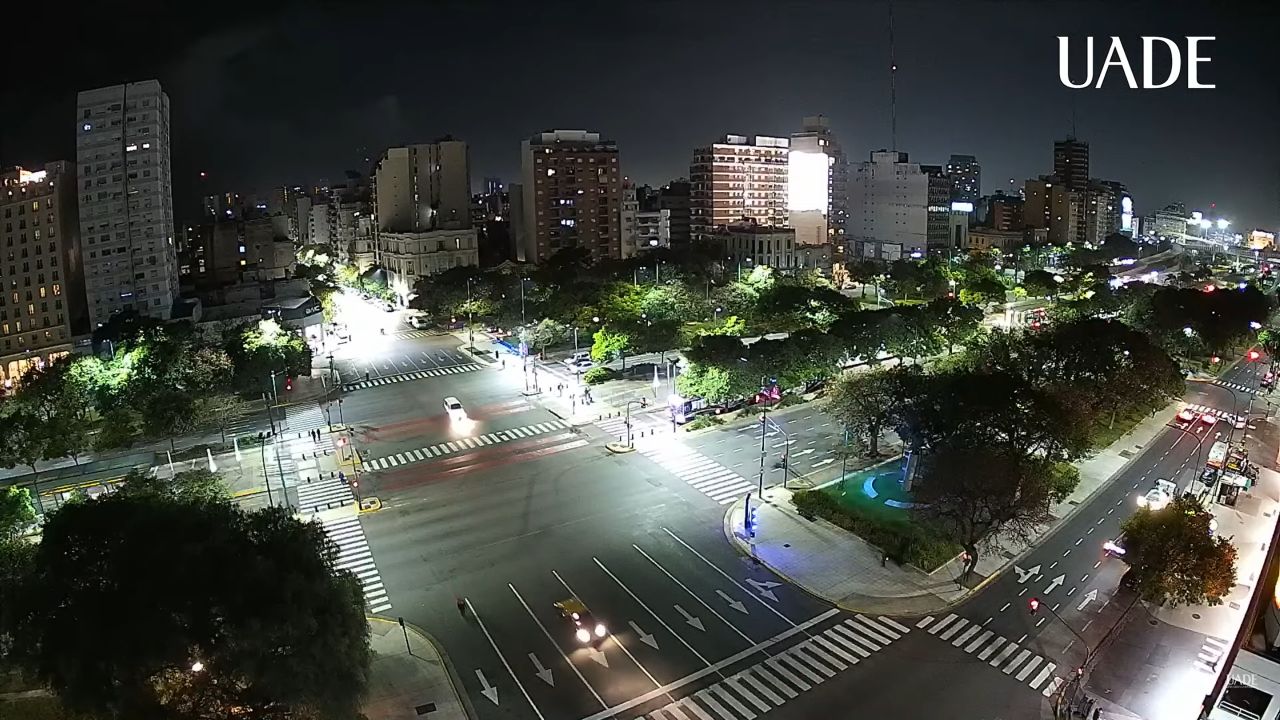Real Time Video Cameras in the country of Argentina
Watch live HD webcams in the country of Argentina. Argentina offers a variety of live webcam feeds that provide real-time views of its stunning landscapes and vibrant cities.
These webcams are strategically placed in popular tourist destinations. As a result, this allows viewers to experience the beauty of Argentina. Whether it’s the breathtaking vistas of Patagonia, the bustling streets of Buenos Aires, or the serene beaches of the Atlantic coast, these live feeds capture the essence of the country.
The live webcams serve multiple purposes. Also, they aid travelers in planning their trips to simply allowing anyone to enjoy the picturesque scenery. They showcase the dynamic atmosphere of urban life, the tranquility of natural parks, and the cultural events that take place throughout the year. By tuning into these webcams, viewers can witness the changing weather conditions, seasonal activities, and the daily rhythm of life in various regions of Argentina.
Argentina is the second largest country in South America, occupying most of its southern part. It is the largest Spanish-speaking country. Argentina is bordered by Chile, Bolivia, Paraguay, Brazil and Uruguay, it is considered the 2nd largest economy in South America. Argentina is very notable for main international beef and wine producers.
Stats & Information
Population: around 44 million inhabitants
Capital: Buenos Aires
Other major cities: Vicente Lopez. Santa Fe. Mar del Plata. Corrientes. San Miguel de Tucuman. Cordoba. Rosario, Mendoza. La Plata. San Miguel de Tucumán. Salta. Santa Fe de la Vera Cruz. Vicente López. Pilar. Bahía Blanca. Resistencia. Posadas. San Salvador de Jujuy. Santiago del Estero. Paraná. Merlo. Neuquén
Religion: Roman Catholic
Climate: The majority of Argentina’s climate is subtropical The Patagonian provinces: Neuquén, Río Negro, Chubut, Santa Cruz and Tierra del Fuego, experience low rainfall, except in the strip adjacent to the Andes Mountains as well as in the southern end of the provinces of Santa Cruz and Tierra del Fuego.
Main attractions & Things To Do:
- Iguazú Falls
- Perito Moreno Glacier, Recoleta
- La Boca
- Tango in Buenos Aires
- Tierra del Fuego National Park
- Puerto Madryn and the Valdés Peninsula
Ushuaia: The End of the World - Bariloche and the Route of the Seven Lakes
- Mendoza
- Historic Córdoba Cathedral
- Beaches of Mar del Plata
- Cafayate
- Southern Fuegian Railway
- San Ignacio Mini Ruins
- Quebrada de Humahuaca
- Teatro Colón
- Aconcagua Mountain
- Salinas Grandes
Major Airports:
| Airport | IATA | Passengers |
|---|---|---|
| Buenos Aires Ministro Pistarini Airport | EZE | 12,706,000 |
| Buenos Aires Jorge Newbery Airport | AEP | 12,312,000 |
| Córdoba Ambrosio L.V. Taravella Airport | COR | 3,490,000 |
| Mendoza Airport | MDZ | 2,325,000 |
| Bariloche Airport | BRC | 1,850,000 |
| Puerto Iguazu Airport | IGR | 1,565,000 |
| Salta Airport | SLA | 1,433,000 |
| Ushuaia Airport | USH | 929,000 |
| El Calafate Airport | FTE | 675,000 |
| Trelew Airport | REL | 357,000 |
History of the Country
The history of Argentina is a rich tapestry woven from indigenous cultures, colonial influences, and the struggles for independence and nationhood. Before the arrival of Europeans, the region was inhabited by various indigenous groups. These groups included the Quechua, Guarani, and Mapuche, each with their own distinct cultures and social structures.
The Spanish conquest in the 16th century marked a significant turning point. The territory became part of the Spanish Empire. Buenos Aires was founded in 1536. At that time, it faced challenges from indigenous resistance and was temporarily abandoned. The city was reestablished in 1580, becoming a crucial port for trade and a center for Spanish colonial administration.
The quest for independence began in the early 19th century. It is fueled by Enlightenment ideas and the influence of other independence movements across Latin America. In 1810, a revolution in Buenos Aires led to the formation of a local government. Additionally, by 1816, Argentina declared its independence from Spain.
However, the path to a stable nation was fraught with internal conflicts. This includes civil wars between federalists and unitarians, which reflected differing visions for the country’s governance. The struggle for power and territorial control continued throughout the 19th century, culminating in the establishment of a federal constitution in 1853, which laid the groundwork for modern Argentina.
The late 19th and early 20th centuries saw Argentina experience significant economic growth. Moreover, it was driven by agricultural exports and European immigration. Also, the influx of immigrants transformed the cultural landscape. As a result, it has contributed to a diverse society that embraced various traditions and languages. However, this period was also marked by political instability, social unrest, and the rise of populist leaders.








